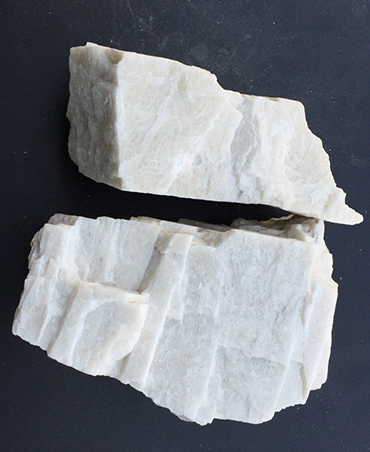


In ceramic bodies, the main vitrifying (fluxing) agent is feldspar. The majority of white warebodies contain good proportions of feldspar. It acts as a flux. In the ceramic industry, the flux is defined as that portion of the body which develops glass phase. This is provided mostly by feldspar. The amount of flux in a ceramic body should be only in such a proportion as to develop the desired amount of vitrification. If an excess of flux is added, the fired body becomes very glassy and consequently, brittle
Sodium Feldspar Is Generally Used For Three Purposes:
1. In making the body composition of several types of porcelain, china and earthenware and also in the preparation of glazes and enamelFeldspar is generally used for Ceramics, Glass, Electrodes.
The glass and ceramic industries are the major consumers of feldspar and account for 95% of the total consumption
| POTASH FELDSPAR | SODIUM-01 | |
|---|---|---|
| Silica | SiO2 | 68% ( + 1% ) |
| Alumina | Al2O3 | 18% ( + 1% ) |
| Sodium Oxide | Na2O | 2% ( + 0.5% ) |
| Potassium Oxide | K2O | 11.50% ( + 0.5% ) |
| Titanium Oxide | TiO2 | Nil |
| Calcium Oxide | CaO | 0.50% |
| Magnesium Oxide | MgO | Traces |
| Ferric Oxide | Fe2O3 | 0.08% ( + 0.05% ) |
| Loss on Ignition | LOI | 0.40% |